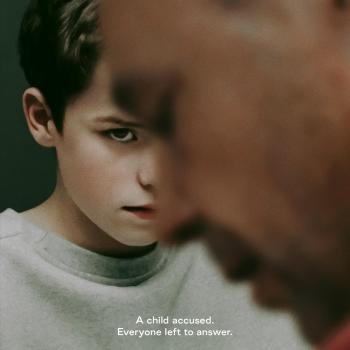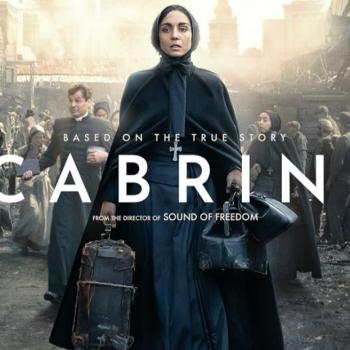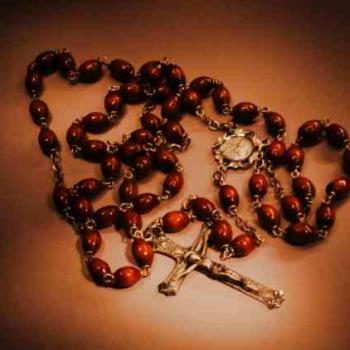Director Margarethe von Trotta, whose numinous 2009 film, “Vision,” told the life story of St. Hildegard of Bingen, has taken on the story of another influential woman, the philosopher and political theorist Hannah Arendt (1906-75).
“Hannah Arendt” opens in New York in 1960 where Arendt (Barbara Sukowa), a German émigré and secular Jew, writes and teaches at a university. When the Mossad, the Israeli intelligence agency, captures the Nazi officer Adolf Eichmann and takes him clandestinely to Jerusalem to stand trial, Arendt, who has a strong philosophical interest in totalitarianism, discusses with her husband, Heinrich (Axel Milberg), about asking William Shawn (Nicholas Woodeson), the editor of The New Yorker, to send her to cover the impending trial for the magazine. Shawn hesitates because, as his assistant notes, “philosophers don’t make deadlines.” But he agrees and Arendt sets out for Israel in 1961.
The film centers around Arendt’s coverage of the trial for the magazine and her classroom lectures dealing with the controversies the articles stir up upon her return.
Arendt is stunned when she learns that the defendant will be kept in a glass “cage” during the trial (to protect him) and questions the legitimacy of Israel’s jurisdiction to try a man for crimes not committed there, indeed committed before Israel was even a country. She thought that the court’s only interest was to adhere to the demands of justice for murders committed by Eichmann, but the trial was more complicated than that because of his role as a bureaucrat who, by compartmentalizing his conscience, facilitated the “Final Solution” and the deaths of millions. So the court was confronted with a crime it could not find in a law book and the likes of a criminal it had never before seen. Prime Minister David Ben-Gurion was determined to put on a show trial and witness after witness told of Nazi atrocities committed on them and their families while Eichmann held out, and never waivered, that he had never killed anyone.
Still, according to Arendt, the court “had to define a man on trial for his deeds” because it was not possible to try a system or ideology.
Arendt’s reports in The New Yorker distinguished between the radical evil of an ideology and the banal evil of a bureaucrat who followed the law. Arendt’s readers could not …
Click here to continue reading this review at the National Catholic Reporter













